Facebook, Instagram, Twitter, LinkedIn, and other platforms are commonly grouped under the same name – social media platforms.
They do have points where they meet, such as connecting people and providing a platform for promotion and expressing yourself. However, they also differ in many ways like the audience, personality, and character count to name a few.
Writing on social media has become a job of its own. So, when you add to that catering to different needs of different social media platforms, you can find yourself in a pickle.
Using the same approach to this variety of social media platforms is the same as trying to give the same pork chop to a meat-eater, vegetarian, and vegan. Some will like it but for others, it will be a complete fail.
Considering that about 49% of the world’s population has a social media account (that is 3.8 billion users across the globe) you don’t want to miss out on this chance to reach a majority of your target audience.
With that being said, it is safe to say that adapting your writing for social media platforms is a time well spent.
Without further ado, here are the tips that will help you form the right writing approach to the most popular social media platforms.
[playht_player width=”100%” height=”175″ voice=”Mark”]
Writing Social Media Posts for Facebook
- The number of users: around 1.69 billion
- Predominant audience: Millennials, Boomers, and the “Silent” generation (65+)
- Character limit: 63,206 characters
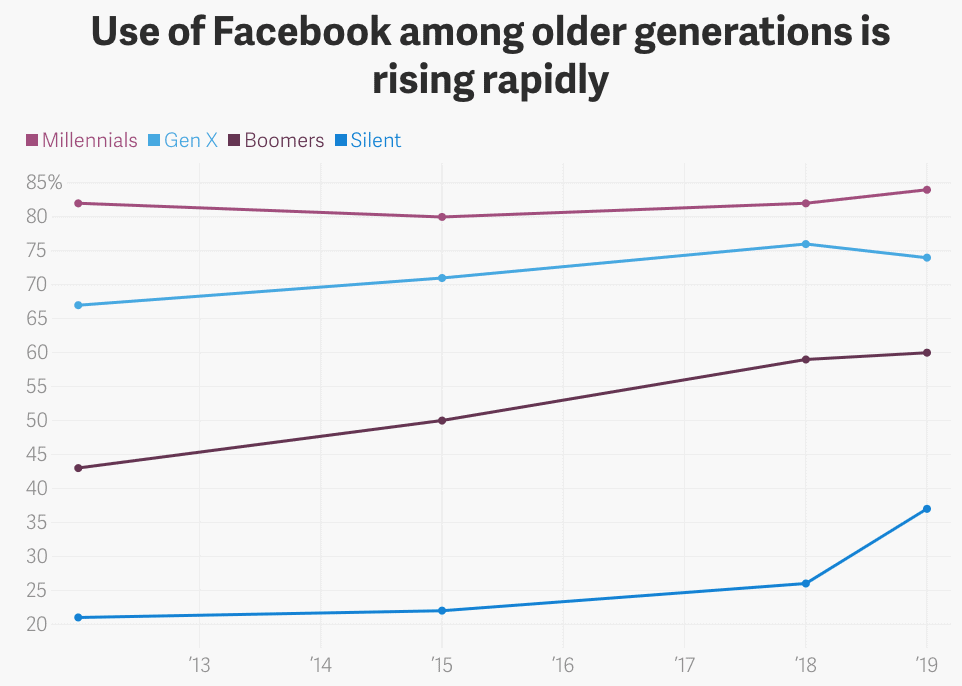
When it comes to Facebook’s audience, there has been a significant shift.
The “Silent” generation (users born in 1945 or earlier) had grown on the platform from 26% in 2018 to almost 40% in 2019.
On the other hand, both Millennials and Boomers only increased by a maximum of 2% while the presence on Facebook of the Gen X generation has been reduced.
As a writer, knowing your audience and where to find them is the right way to start.
The whole writing process will revolve around the people you are writing for. Therefore, if you plan to write for Facebook you should know that it is the perfect platform for reaching adults.
Facebook users are 69% adults, with 63% being men and 73% being women.
If you are ready to dive deep into writing for Facebook, you should be aware that it is primarily a place for casual, relaxing, and informative content shared by an audience having a certain communication style.
People head to Facebook to read posts from their friends, relax with enjoyable content, get updates, and get informed on the recent news.
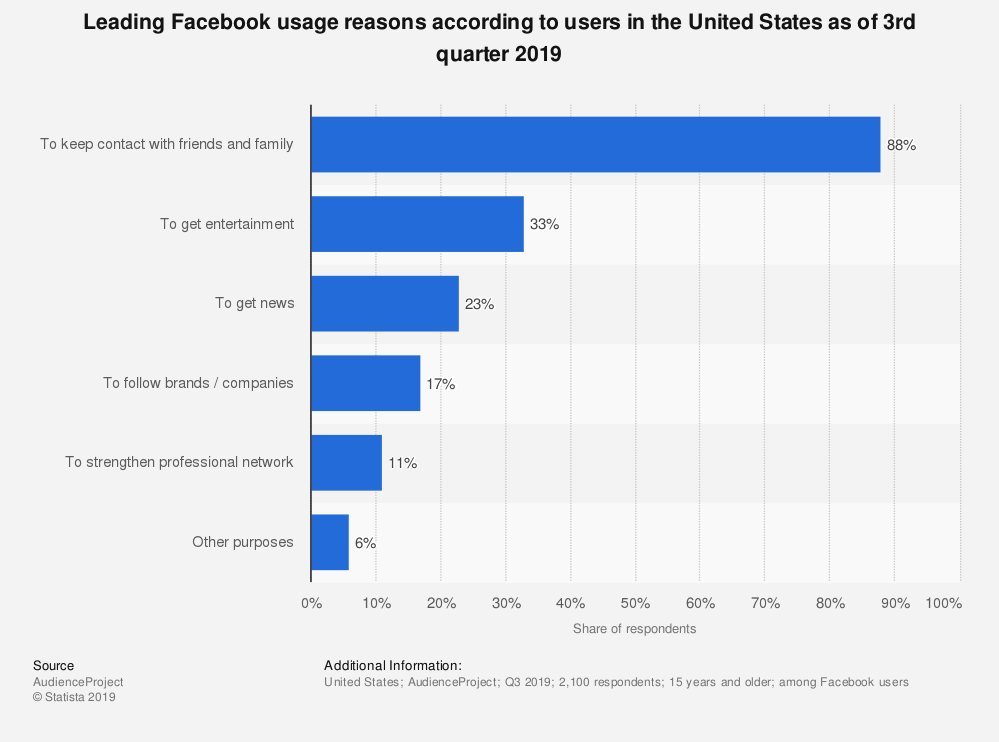
The adult audience demands that the content you post is credible and well-researched. They read news and stay informed on the recent issues so there is no room for sloppy mistakes and shady sources of information.
Make sure that you’ve done your research and collected truthful information for your Facebook posts.
Bear in mind that Facebook posts that feature a visual, see 2.3 times more engagement than those that don’t. Enhancing your posts with an image or video will make it more attractive to the audience.
In terms of formatting, you should be careful not to include the “@user” tag. That tag is used for Twitter and Instagram, not Facebook. This is yet another reason why you shouldn’t copy and paste your written content across different social media platforms.
The language style, tone, and content length you should aim for are:
- Everyday language
- Casual yet respectful tone
- The ideal length of a Facebook post is 40-80 characters
According to a study by Jeff Bullas, Facebook posts with 80 characters (or less) receive 88% more engagement. Short and direct content is the type of posts that perform best on Facebook.
The advantage of Facebook is that it is a great platform for driving engagement and starting online conversations with the audience.
With the main audience being adults, they aren’t hesitant to share their opinion in the comments or repost a high-quality post.
Encourage the audience to interact with your Facebook posts by ending the post with “Let us know what you think” or a similar “comment invitation.”
To build the popularity of your posts, responding to comments is essential. In that way, you can keep the interaction alive and build loyalty in the audience.
Writing Social Media Posts for Instagram
- The number of users: around 1 billion
- Predominant audience: Gen Z and Millenials
- Character limit for caption: 2,200 characters
- Instagram hashtag limit: 30 hashtags

The platform of visuals known as Instagram is dominant among the youth. The new generation of teens has accepted Instagram as its core social media platform.
Any content writer, copywriter, or marketer whose main audience varies from 13 to 29 has a good chance of finding that audience on Instagram.
Instagram is more favored by women, as 43% of the users are female and 31% of them are male.
It is quite clear that Instagram demands high-quality images and videos, but what kind of writing should go along with that? We are about to reveal that.
Coming up with the perfect caption can be somewhat tricky. Since the visuals are in focus, the caption needs to provide some sort of context.
The language style, tone, and content length for an Instagram caption you should aim for are:
- Fun and engaging language
- Friendly tone
- Emojis
- The ideal character length is under 125 characters
You want to keep the caption concise. Include enough information to add a story to the visual but not too many to bore the readers. Remember that people are mostly there for pictures.
If you want to provide further information on the topic, or use an Instagram profile to promote your blog or e-commerce website, for example, the bio is the place for it. Instead of overwhelming the users with lengthy captions, simply add a link in the bio that will lead them to more information.
The Instagram bio gives you an opportunity to present yourself and pull out the key points of the profile. It should be short, sweet, and informative.

We can’t talk about writing for Instagram without mentioning hashtags. Hashtags are a must if you want to boost posts’ engagement.
The power of hashtags is in helping people find the content they are interested in, while the content creators get a chance of promoting their content.
The hashtag limit is 30, however, you don’t want to overdo it. Try to keep the hashtag number up to 11. Ensure that the hashtags are descriptive, relevant, and shareable.

Instagram is mostly about aesthetically pleasing content. You should always keep in mind that the writing you do for Instagram should complement the image.
Most importantly, you need high-quality and attractive images and videos to even get people to read the caption.
To recapitulate, once you get the audience’s attention with attractive posts, the best way to keep them hooked is with friendly and casual writing. Emojis are also welcome in Instagram captions. If you wish to share further information, resort to directing people to the link in the bio.
Writing Social Media Posts for Twitter
- The number of users: around 330 million
- Predominant audience: Millennials
- Character limit: 280 characters
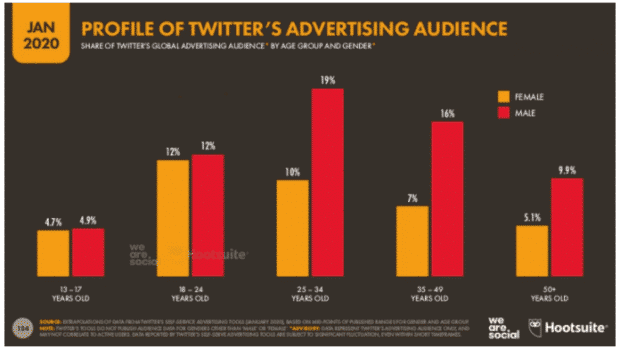
The dominant users on Twitter are aged 25-34. If you target young, employed, the “peak of life” people, Twitter is where you’ll find them.
Unlike Facebook and Instagram where women take the lead, Twitter has a somewhat different demographic. According to the Statista report for 2020, 43.8% of U.S. Twitter audiences were female and 56.2% were male.
Twitter is a unique social media platform that is all about short and relevant copy. With only 280 characters at your disposal, there is no room for fluff. Therefore, pick your words wisely.
Whenever you want to post about a certain topic, ask yourself: What is the key information here?
The language style, tone, and content length for a Twitter post you should aim for are:
- Informative
- Casual tone
- Humorous
- The ideal character length is 71-100 characters
Shorter posts get notably more shares. According to data from Buddy Media, Tweets with 100 characters get 17% higher engagement rates than longer Tweets.
Another way to boost engagement and get more retweets is through visuals. Or to be more precise, with videos.
Video content on Twitter is 6 times more likely to be retweeted than the photos. GIFs come in second and are 3 times more retweeted than photos.
In addition to that, another statistic on Twitter has found that photos generate 313% more engagement than those without.
If you can, spice up your short Twitter post with a corresponding visual and you’ll get more people interested in what you have to say.
When it comes to topics, your posts will be most attractive if you write about trending topics. Even brands keep up with the hot topics in the world to increase the audience’s engagement.

As a platform that relies on trends, using viral words and phrases in your writing can be one step closer to compelling the readers.
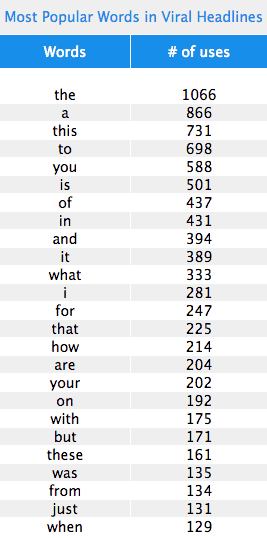
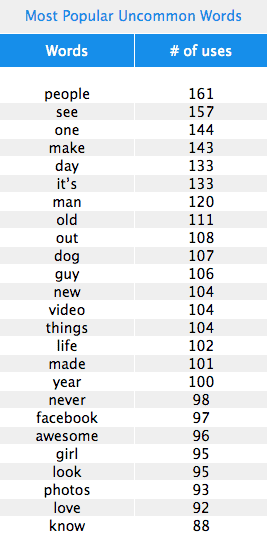
Aim for content that will spark conversation and get the audience to share your Tweets. Write like you are speaking to a friend – be open, friendly, and approachable.
Twitter users also respond well to humor. This platform allows you to express your humorous personality and build your image around it.
Some brands such as Innocent Drinks have created their online identity on a clever sense of humor.

When on Twitter, you shouldn’t miss out on a chance to make the most out of hashtags. Trending hashtags are a safe path towards increased engagement.
Aside from hashtags, use live polls and pinned tweets to get more traction.
Writing Social Media Posts for LinkedIn
- The number of users: around 500 million
- Predominant audience: Millenials and Boomers
- Character limit: 700 characters

As a network that connects business professionals, LinkedIn is the home for working individuals.
It is no surprise that 46-55-year-olds are most likely to use the site. Especially considering that the average age of a Fortune 500 CEO is 58 years old.
However, you don’t want to forget about Millenials. Their presence is rapidly growing due to their early-career status and of course, high-purchasing power. Therefore, your writing should also accommodate 25-34-year-olds as they are to overpower this social media platform.
Even though 57% of users on LinkedIn are male, and 43% are female, LinkedIn is a network that revolves around the world of business. This means that your writing shouldn’t be affected by gender.
Think of LinkedIn as a business Facebook. A network for sharing professional content.
Consequently, the language style, tone, and content length for the Twitter post you should aim for are:
- Educational and informative
- Business-casual tone
- The ideal character length for a status update: 50-100 characters
When it comes to writing for LinkedIn, it is all about balance. Balance out professional and informative content with a casual tone.
You don’t want to sound stiff or overly formal, but you also don’t want to use jargon, emojis, or hashtags.
Well-written content and a strong presence on LinkedIn can provide a great opportunity for B2B connections.
A platform such as LinkedIn that connects business experts and organizations, is a unique chance for creating B2B content and working on business growth.
If you need some help with polishing up your writing for the audience of professionals, you can always turn to academic writing websites for help.
Ask questions to invite interaction and build people’s anticipation for the topic.

Don’t fright writing longer posts on LinkedIn. They’ll give you a chance to establish yourself as an expert on a topic.
Moreover, longer and informative posts can attract like-minded individuals who want to learn something new in your niche.
Another factor that will influence your writing is the users’ level of education. With 51% of users with more than a college education and 26% with some college education, you have a task to impress informed and educated individuals.
Be mindful of the sources you cite or refer to. The credibility of your posts mustn’t be questioned in the world of business professionals.
Final Thoughts on Writing For Social Media
Writing for social media is a challenging process, there’s no doubt about that. However, every minute you invest in crafting the perfect social media content is a minute you invest in success.
Social media has immense power and allows you to reach out to an incredible amount of people. This is your chance to find a path towards your target audience and write content that resonates with them.
